DONETSK OBLAST, Ukraine—In an empty field just south of the Russian-occupied city of Bakhmut, a half-dozen Ukrainian soldiers waited patiently amid an enemy artillery barrage. They rested in an abandoned Russian trench that had seen little use since its original occupants had been pushed out over the summer. After months of neglect, the entrenchment was overgrown with shrubbery that by happenstance also served as concealment from enemy drones.
The shells, evidently aimed at artillery in the tree line on the field’s western edge, exploded behind the soldiers in bursts staggered a few minutes apart.
Zhenya, a 32-year-old lieutenant from Mariupol serving in the 28th Mechanized Brigade, was unfazed. (As is standard practice for Ukrainian Armed Forces soldiers speaking with the media, he did not provide his last name to The Dispatch.)
“They have two drones flying above us searching, maybe for us, maybe for somebody else, but we’re too beautiful to die today,” the young lieutenant said cheerfully as the shells whizzed above him. Another soldier stood at one of the trench’s entrances, casually watching the shells land as he absentmindedly played a game on his smartphone.
“Now we’re lying here, just chilling, and waiting for the Russians to decide to not to try to kill us,” added Zhenya.
Thanks to Ukrainian ingenuity, the soldiers had anticipated the enemy fire before it began. A sergeant with the callsign Producer had brought along a handheld gadget invented by a Kyiv-based startup that alerted him to the presence of the enemy reconnaissance drones.
Known as a Sugarcube, this 3D-printed device that retails for $35 detects ominous radio signals associated with the enemy’s technology. Thanks to this cheap innovation, soldiers have a chance to take cover before the drone pilots can relay their position to artillery crews.
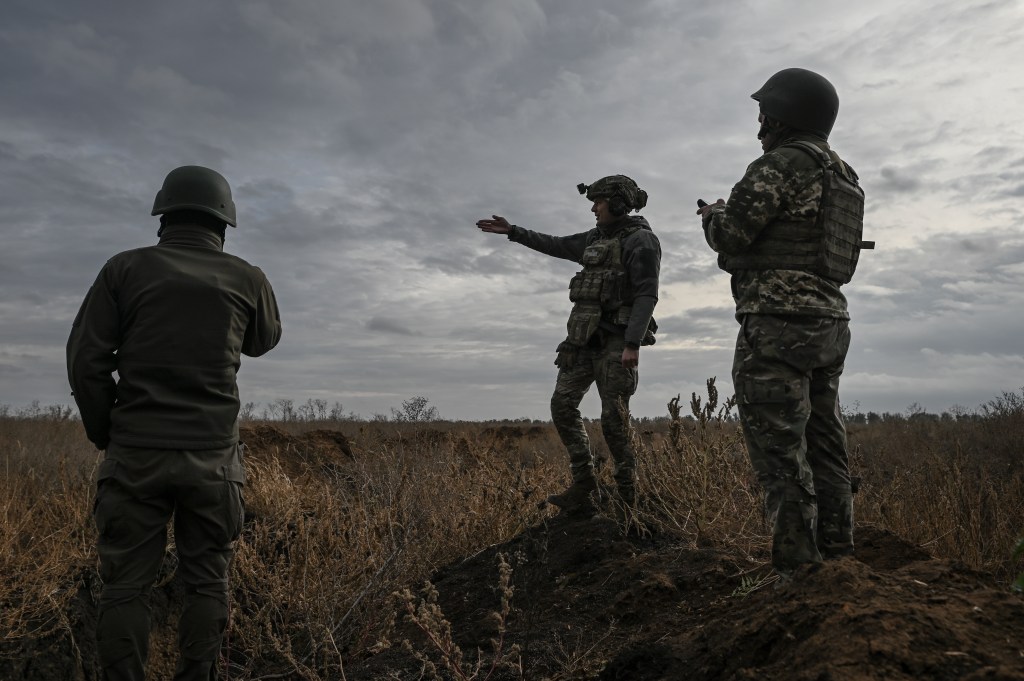
Such devices aren’t rare: As the Russian invasion of Ukraine grinds on in a bloody stalemate, soldiers on both sides of the war have come to rely on new, inexpensive technology created outside the traditional military industrial complex. Often DIY in nature, such innovations range from racing drones modified to serve as loitering munitions to plastic bombshells crafted near the frontlines with 3D printers.
In this case the tech helped the Ukrainian soldiers withstand a bombardment. After almost an hour in the trench, Producer announced to the men that there was no longer a trace of the Russian drones.
“I’ll try it on the maximum radius, but even if they’re still flying they’re far from here,” Producer told the others.
His words were punctuated by a loud blast and short whistle followed by an explosion a few hundred meters away. Producer recognized the noise as the signature pattern of incoming tank fire. But with no more spotter drones in the sky, the team decided it was safe to emerge from the trench and return to their vehicles, which they had carefully parked underneath trees to avoid detection from the air.
‘It is the only thing you can hear before it kills you.’
At a makeshift workshop in a village near the frontline town of Siversk, Angel of the 10th Mountain Assault Brigade was busy assembling drones. His shed was full of partially assembled drones along with the bombs that some of them would carry into combat.
“It is very difficult to find something more convenient and easier to learn,” said Angel, referring to drone tech. “It’s more like a hobby and full of freestyle.”
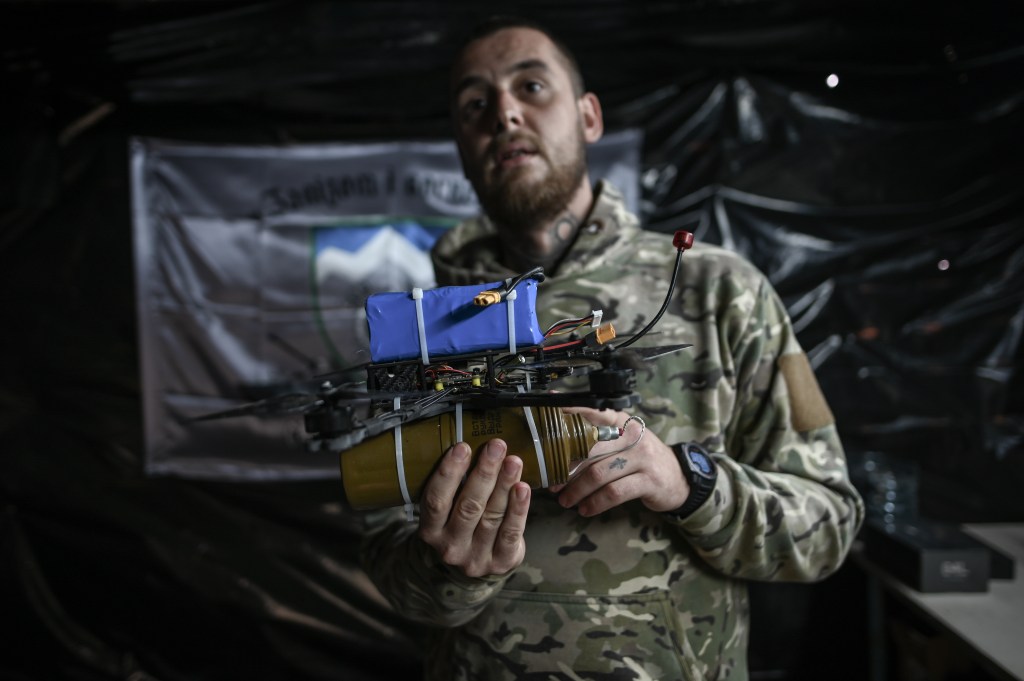
While most of his creations thus far have been modifications of the same hobbyist drones that have taken the global consumer market by storm in the past decade, his desk also contained stacks of one of the newest—and most potent—killers on the Ukrainian battlefields.
Known as FPVs (first-person view), these drones were originally designed for the new sport of drone racing. Their operators pilot them with headsets and hand controls that work similarly to virtual reality video games. Fast and agile, FPVs are ideal for swiftly and nimbly navigating obstacle courses set up by the racers.
Those qualities also make them well suited to kamikaze attacks when outfitted with explosives. They became a terrifying presence on the battlefield over the summer as both sides began using them at scale. Angel said that the ones in his workshop cost about $500 apiece—a great bargain when used against tanks with seven-figure price tags.
For soldiers who hear FPV drones overhead, it’s already too late: The drones have top speeds above 100 mph. Serhiy, an intelligence officer who works closely with Angel, explained that FPVs are the only type of weapon in Ukraine you can hear before it kills you. “You cannot hear your bullet, you cannot your shell, you cannot hear your rocket—I know this from experience—but you can hear when such a thing vrooms,” he said.
Samuel Bendett, a researcher at the Center for Naval Analyses in Washington, said the FPVs were the latest development in Ukraine and Russia’s rapid development of small-drone battlefield use.
“We’ve seen it first with the use of the Chinese-made quadcopters, which were purchased in large quantities, and now we’re seeing it with FPVs which are manufactured by the many thousands every month by each side,” he said, adding that he expects to see further developments next year, even potentially including semi-autonomous swarms of kamikaze drones operated by a single pilot.
George Barros, who works as the geospatial intelligence team lead at the Washington-based Institute for the Study of War, said the proliferation of FPVs in recent months on the Russian side is at least partially responsible for Ukraine’s minimal progress during the recent southern counteroffensive.
“What should be the ideal terrain to do mechanized maneuvers—flat, open, wide country—is actually now … the ideal terrain for which to be an FPV drone pilot, because there’s very little cover or concealment,” he said.
In the meantime, Ukraine and Russia are trying to make do with extremely basic obstacles to stop FPV drones from reaching their targets. Nets are often draped above roadways to catch the drones as they close in on vehicles, while tank crews install barred cages on the exterior of their war machines to catch the drones before they can close the final distance and penetrate the hulls. The makers of the Sugarcube are also developing a new version specifically designed to detect FPVs.
For the time being, the 10th Mountain Assault Brigade has yet to deploy FPVs in combat, although it hopes to do so soon. On the day he met with The Dispatch, Angel said he was still trying to get his system operational.
“We bought it, and has some problems with the controls, some problems with the signal,” he said. “So we are trying to fix it, to find the golden middle.”
Assisting Angel in his tinkering are three 3D printers used to fabricate drone stabilizers. His team also prints mock bombs as a safer alternative to real explosives when testing the devices and training pilots.
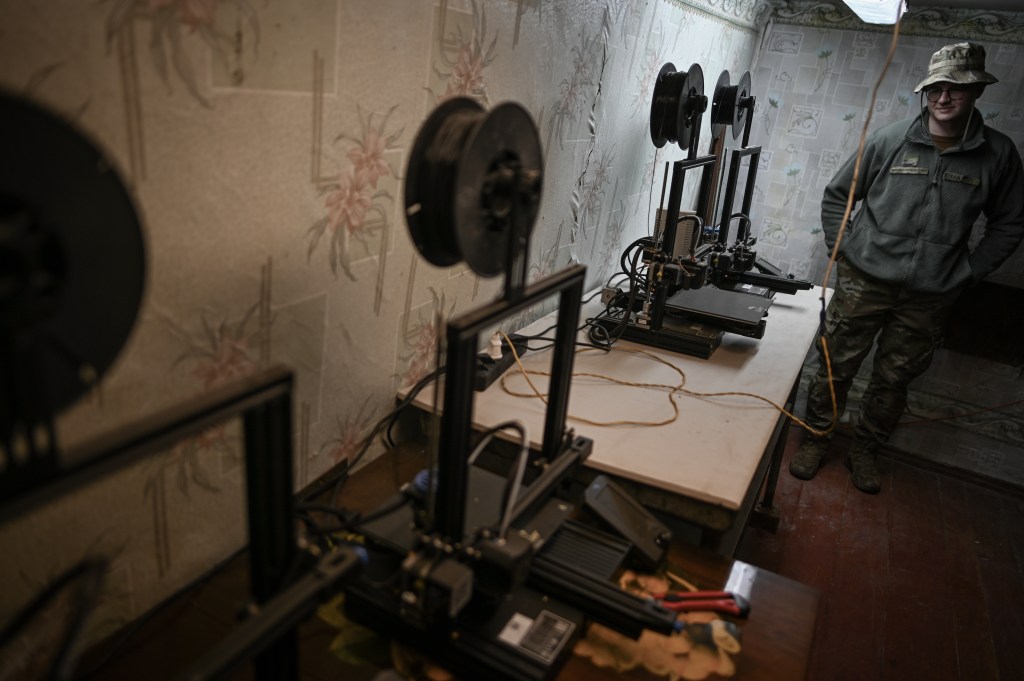
All of their work, said Serhiy, was charting a whole new way to wage war. “This is really new stuff,” he said. “It’s a revolution.”
The bleeding edge.
As the Russo-Ukrainian War revolutionizes warfare, other combatants are deploying these new tools in conflicts far removed from the battlefields of the Donbas. To Angel’s dismay, a Hamas-produced video of last month’s mass terror attack in southern Israel included a clip of a drone dropping a bomb on an Israeli tank that looked an awful lot like war footage from Ukraine.
“When I reviewed the video, I saw an American drone that costs $3,000 and a homemade high explosive device that would cost mere pennies in Gaza,” said Angel, adding that he foresees a sea change in combat once such weapon platforms are mass produced globally.
Bendett said that in addition to the Hamas quadcopter attacks, FPV usage has been observed in the Sudanese civil war. Mexican drug cartels, he added, are also known to imitate the drone tactics on display in Ukraine.
“It won’t take much for a determined individual or group of individuals to master this knowledge,” he said, adding that the know-how to use these drones in battle is readily available on the internet.
Barros said that mass adoption of these new Ukrainian and Russian tactics is only a matter of time.
“That’s been the history of warfare, from siege tactics to Napoleon-created maneuvers, to gunpowder and projectile weapons taking over from traditional melee,” he said. “What was profound at the bleeding edge very quickly becomes a commonly proliferated capability that everyone realizes they can get.”
For Ukraine’s frontline defenders, the tech is a thoroughly mixed blessing. The same weapons that are greatly appreciated in offensive campaigns against the enemy threaten mortal peril for soldiers in the trenches when they are deployed by a distant Russian drone pilot.
Between drone pilots calling in relentless artillery barrages and the new threat of FPVs, Zhenya of the 28th Mechanized Brigade said that he longs for a more old-fashioned kind of combat. His preferred type of fighting takes place close to the enemy, where he can simply shoot the Russians with the treasured M4 carbine that he purchased and customized himself.
“Two hundred meters away, no artillery,” he said wistfully. “Just a good, honest firefight.”
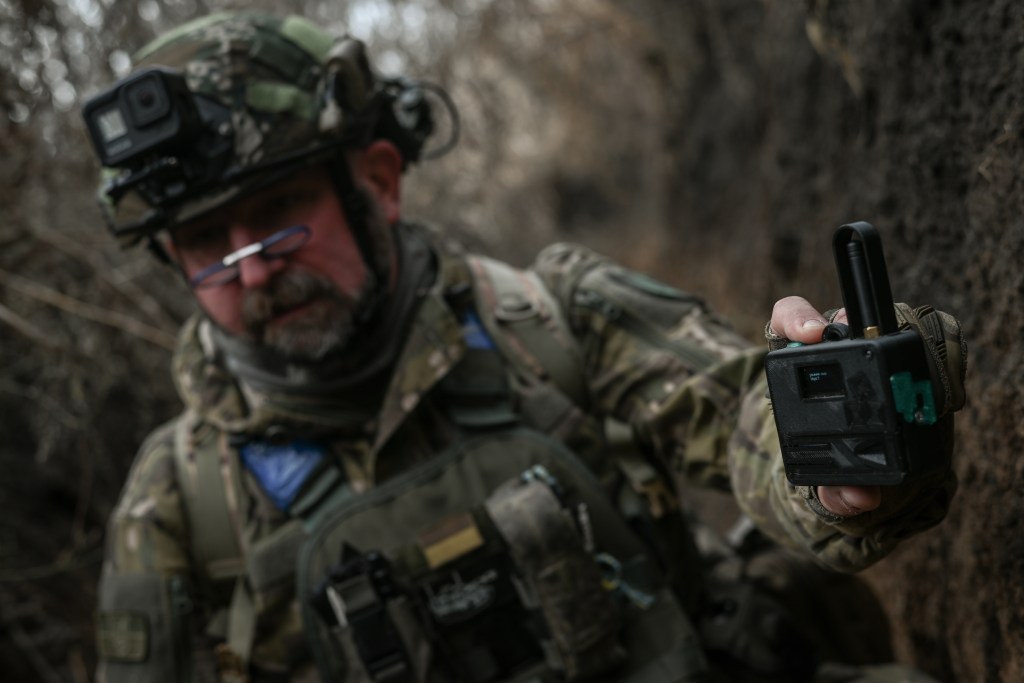

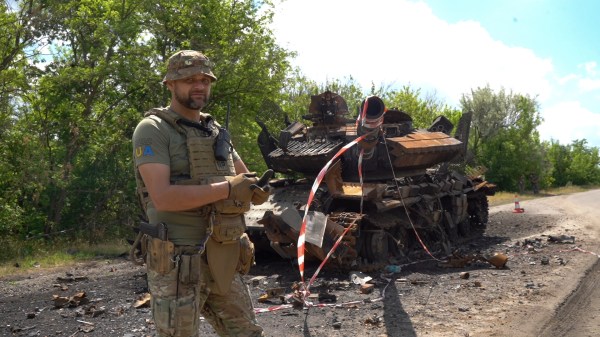
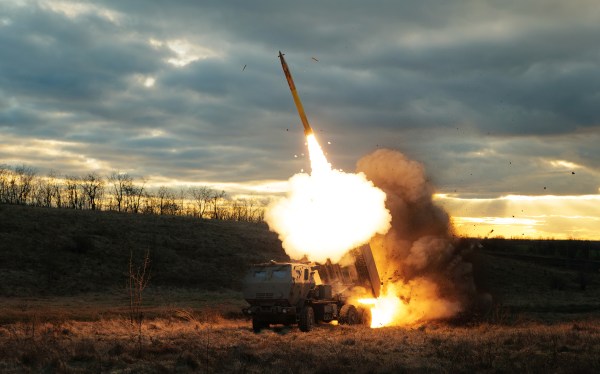




Please note that we at The Dispatch hold ourselves, our work, and our commenters to a higher standard than other places on the internet. We welcome comments that foster genuine debate or discussion—including comments critical of us or our work—but responses that include ad hominem attacks on fellow Dispatch members or are intended to stoke fear and anger may be moderated.